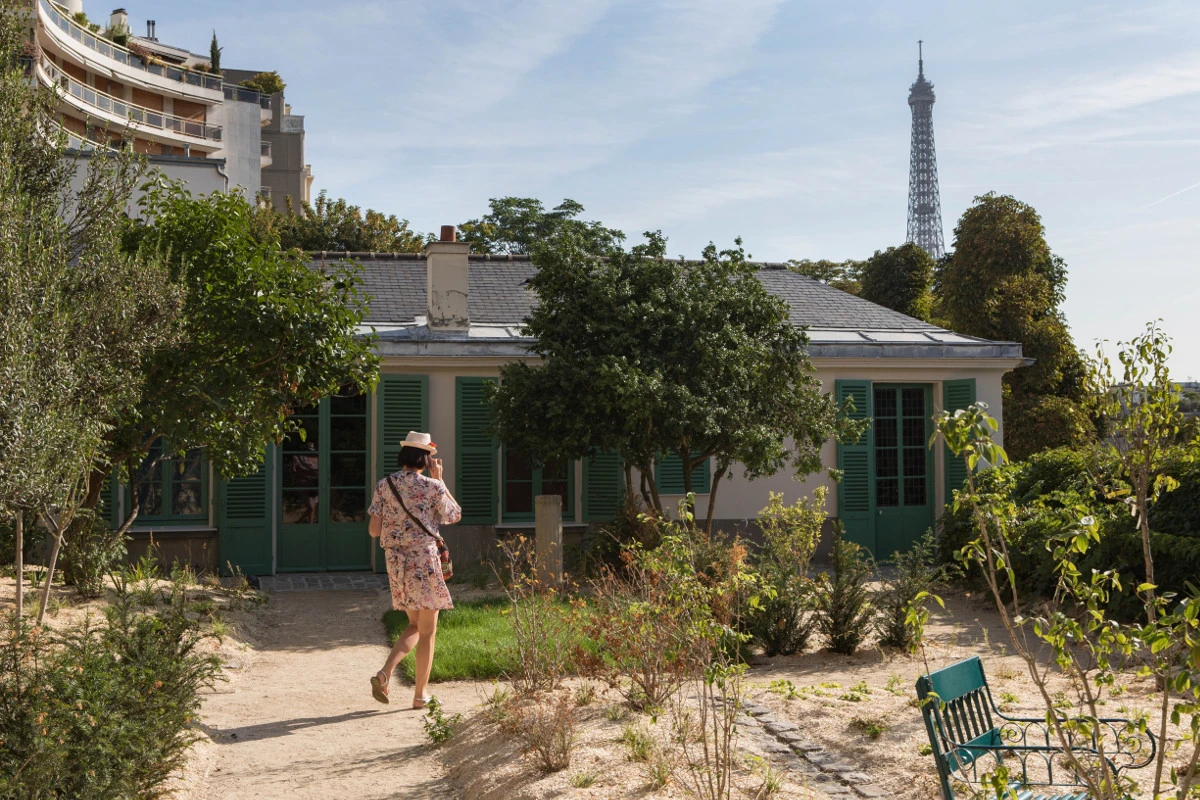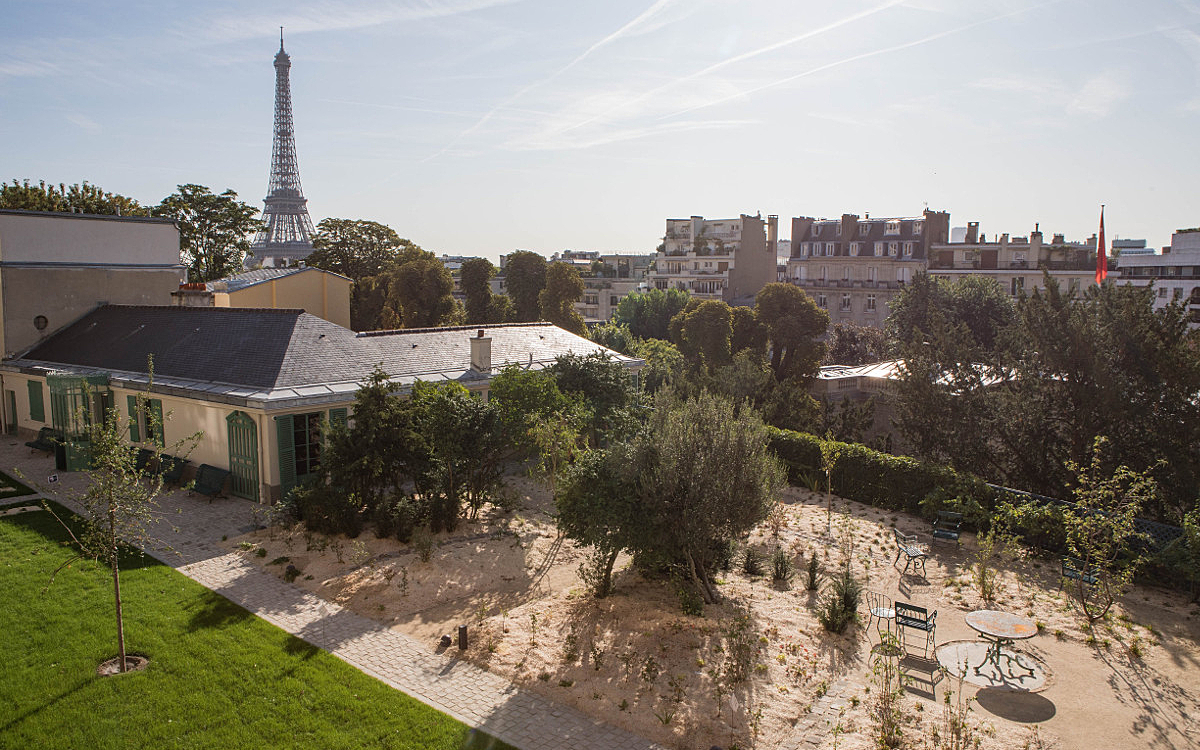Rue Berton and the Balzac house: a time machine
![]()
There is a surprising place just a stone's throw from your HotelHome Paris 16 residence, little known to Parisians, which will instantly take you back to another era. Going back down towards the Maison de la Radio, then going up rue Raynouard, you will then arrive at rue Berton which will allow you to discover what the village of Passy could have been like in the 19th century...

This small alley in the current 16th arrondissement, narrow and cobbled, is only about a hundred meters long, but it has remained almost unchanged since 1840, the date when Honoré de Balzac moved to number 24. At that time , the Passy hill is not yet part of Paris. It was not until 1860 and the progression “outside the walls” of the capital during the major works launched by Napoleon III and Baron Haussmann that Passy became one with the new city of Paris.
In 1840, Passy was therefore a large town of just over 6,000 inhabitants, close to the village of Auteuil (rue Berton demarcated the two communes). Its location close to Paris while remaining very “provincial” makes it a vacation spot for Parisians eager to get out of an unsanitary, teeming and sometimes dangerous city. Passy, moreover, had enjoyed a certain hour of glory in the 18th century thanks to its thermal waters and the Chasses du Château de la Muette. Many “country” residences were built there at this time, such as the Hôtel de Lamballe (currently the Turkish embassy), which also overlooks our rue Berton.
It is surprising that rue Berton has been able to retain this unique character despite the intense construction that the old village will undergo after its reunification with its powerful neighbor Paris. But its situation, wedged between the Hôtel de Lamballe, going down towards the Seine on a hill that was difficult to build on (at the time in any case) and lined with houses also overlooking rue Raynouard although located around ten meters higher, explains undoubtedly its preservation “identically”.
It is this somewhat special situation which also explains why an illustrious character like Balzac settled there in 1840. The building known today as "Balzac's house" and which is now a museum dedicated to the writer of the Comédie humaine in fact has a particularity which appealed to the great man: it has two entrances, one located on rue Raynouard, high up, and overlooking a garden that looks like it is suspended. When observed from above, it looks like a small single-storey country house. But if you go through rue Berton, you discover the other entrance. Looking upwards this time, we see a small building, with its interior courtyard and its imposing carriage entrance. From there, we do not suspect that the top floor is none other than the small house that we had seen from rue Raynouard.
But why was Balzac seduced by this unusual configuration? Quite simply because, despite his literary successes and significant earnings, Balzac is an incorrigible spender who owes a lot of money to numerous creditors. With two exits, the house in Passy, the top floor of which he rents overlooking the garden, allows him to slip away when the doorbell rings to demand reimbursement. Officially, at least at the time, it was not he who rented the house, but Madame Breugnol, his housekeeper, who filtered the entrances, allowing only authorized people to enter.

For 7 years, Balzac will live in this bucolic and almost provincial setting, sheltered from creditors and undesirables alike. He notably wrote Le Cousin Pons, La Cousine Bette, and La Rabouilleuse, but above all focused on completely overhauling the Comédie Humaine. He will eventually leave the house in Passy to settle with Countess Hanska in a superb residence purchased with the money of his future wife in what is now rue Balzac (8th arrondissement).
Since 1913, the Passy house has become a museum dedicated to the famous writer, under the name “Maison de Balzac”.
![]()
If you are looking for a calm and quiet place, close to your HotelHome residence, to relax, change times, read a book or enjoy the sun, then you will have the ideal place. If you are looking to better understand the writer's world, or go behind the scenes of his work, then the museum (fee) will delight you. You will be able to discover the entire family tree of the Comédie Humaine, as well as numerous writings and autographs by Balzac. Whatever happens, you will have an exotic and surprising glimpse of what the village of Passy could have been like in the 19th century.
